When it comes to people photography, one of the most common pieces of advice is to “fill the frame” with your subject. In general, this is a good rule of thumb that can dramatically improve your photography right away. However, sometimes rules are meant to be broken, and learning how to use negative space in people photography can also be valuable in delivering a varied and useful gallery of images.

What is Negative Space?
When you’re photographing people, the subject of your image is always the person (or people) in your frame. Similarly, the negative space of an image is anything other than the subject. It’s the foreground, the background, and the visual “breathing room” all around your subject.
Although it can be counterintuitive, allowing a bit of space around your subject helps draw the viewer’s eye directly to the person you’re photographing. This, in turn, emphasizes their importance in the final image.

How Do You Do Negative Space Well?
So, how do you make sure that your negative space looks intentional and not accidental when you’re photographing people? Here are a few tips that will help get you started combining negative space images and people photography.
Think in Thirds

When creating a negative space image in people photography, aim for your subject to take up one-third of the image, and the negative space to take up roughly two-thirds of the image. Following guideline ensures that your subject is large enough to be seen while also creating a ratio that’s visually pleasing to the eye. You’ll also notice that using this ratio as a general framework for your images allows you to implement the rule of thirds in your negative space images, which further helps to ensure that your images are composed well and are aesthetically pleasing.
Face the Space

If you elect to follow the rule of thirds and compose your subject off center, spend some time experimenting with the direction your subject is facing. Is the image stronger when your subject is facing the negative space or facing away from the negative space? As a general rule, try to pose your subject so they’re looking towards the negative space. This is particularly important if the person you’re photographing is walking, running, or playing sports.
By doing so, our brains are able to imagine the subject traveling through the negative space, which creates a more compelling and believable image. In addition, directing the person you’re photographing to look towards the negative space creates an image that looks more candid, which is a great way of adding diversity to some of your posed session images.
Bring it to the Center

Keep in mind that not all negative space images have to be offset! Try bringing your subject to the center of the frame while simultaneously allowing plenty of “headspace” around them in your image. This technique is similar to the idea of white space in graphic design, rests in musical composition, and high-end clothing stores that leave plenty of space between the clothing on the racks.
By limiting the proportion of the image that causes our mind to “think”, we’re emphasizing the importance of the objects that do exist in the frame, thus increasing their perceived value in our brain.
It’s Not All About Neutrals

Negative space images don’t have to be all about neutral backgrounds and bokeh that obscures the background beyond recognition. Whether you’re at a favorite lake or their family’s historic farmhouse, negative space images can be a great way to subtly reference location without making it the star of the show!
Look for backdrops that are relatively uniform in color and/or pattern, which will invoke the same visual feeling of breathing room and rest around your subject, while simultaneously visually cueing your location.
Why Does Negative Space Matter?
Now that you know how to create images of people that utilize negative space, it’s also helpful to understand why negative space images are important and why you should consider incorporating at least a few into every photo session.
Emphasizing Scale

Using negative space when you’re photographing people can help to emphasize the size of the person you’re photographing. For example, if you’re photographing a newborn and fill the frame in every image you take, you may have missed the ability to convey just how small newborn babies are relative to their surroundings.
By including varying degrees of negative space in your images, you will be better equipped to emphasize the scale of a newborn. Similarly, you could also consider using negative space images to convey how small a bride and groom are compared to the vast beach they were married on.
Give Your Clients Options

If any part of your business plan includes offering digital images to your clients, keep in mind that many of your clients will want to post the images you’ve taken on social media. Many of the popular social media platforms are not very conducive to typical “fill the frame” portraits, forcing your client to either cut off the top of their head or cut off their shoulders (leaving them looking rather like a floating head as above).
Similarly, if a client requests a certain image printed on a canvas, images with negative space allow you to accommodate that request without worrying about part of the image getting cut off by the gallery wrap. By including negative space in a few images, you’ll be giving your clients more options and less frustration!
Give Yourself Options

Original shot with negative space on the left.
Not only do images with negative space give your clients flexibility, they give you additional flexibility as the photographer as well!
Want to submit your image for the cover of a local magazine? Many editors want images with plenty of negative space to accommodate headline text. Want to start offering a Christmas Card design to your clients? Negative space images help make that easier. Want to advertise mini sessions on Facebook? Try placing the text in the negative space of one of your favorite images.

The negative space in this image allows room to add a text overlay.
Making an effort to utilize negative space every time you photograph people will give you more ways to use your images.
Wrapping it Up

In a nutshell, using negative space when you’re photographing people can help bring attention to your subject. It can also showcase locations in an unobtrusive way. Negative space also helps emphasize movement and scale, add variety to your images, and offers more flexibility to both you and your client. It’s a great technique you can implement right away and it costs nothing!
The post How to Use Negative Space in People Photography by Meredith Clark appeared first on Digital Photography School.

Digital Photography School












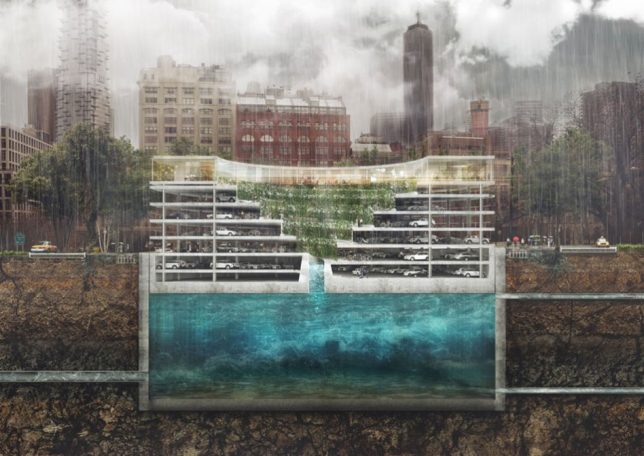
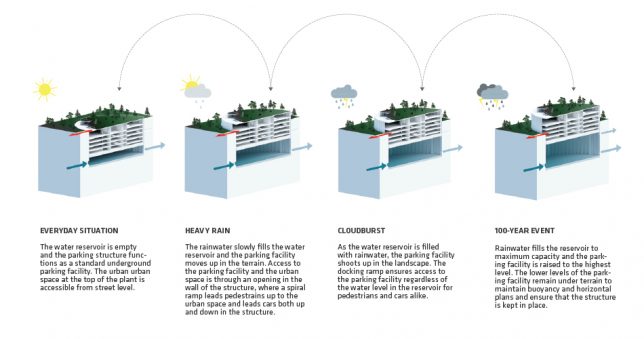
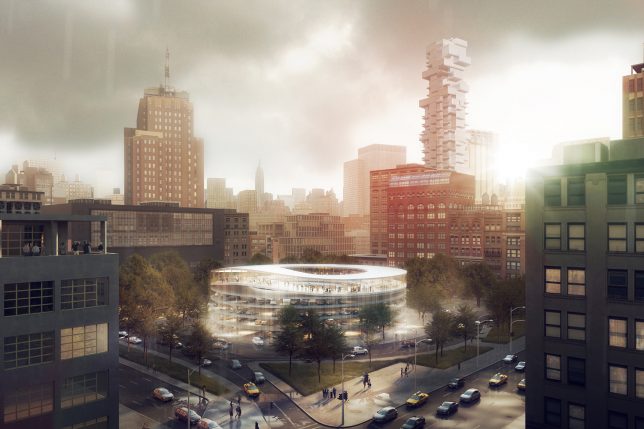
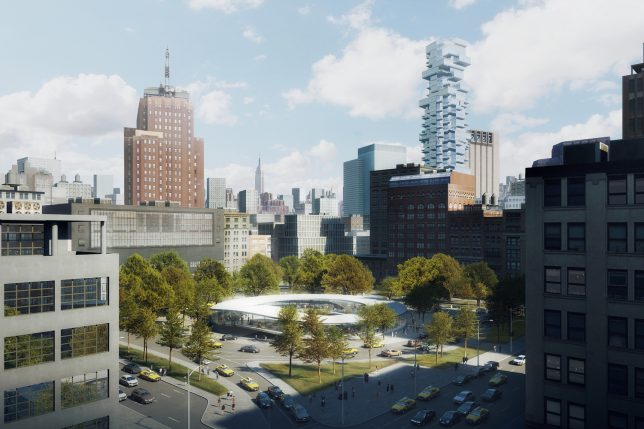
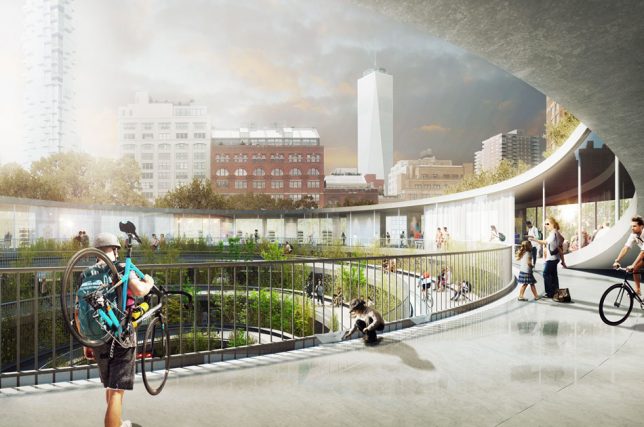


















You must be logged in to post a comment.